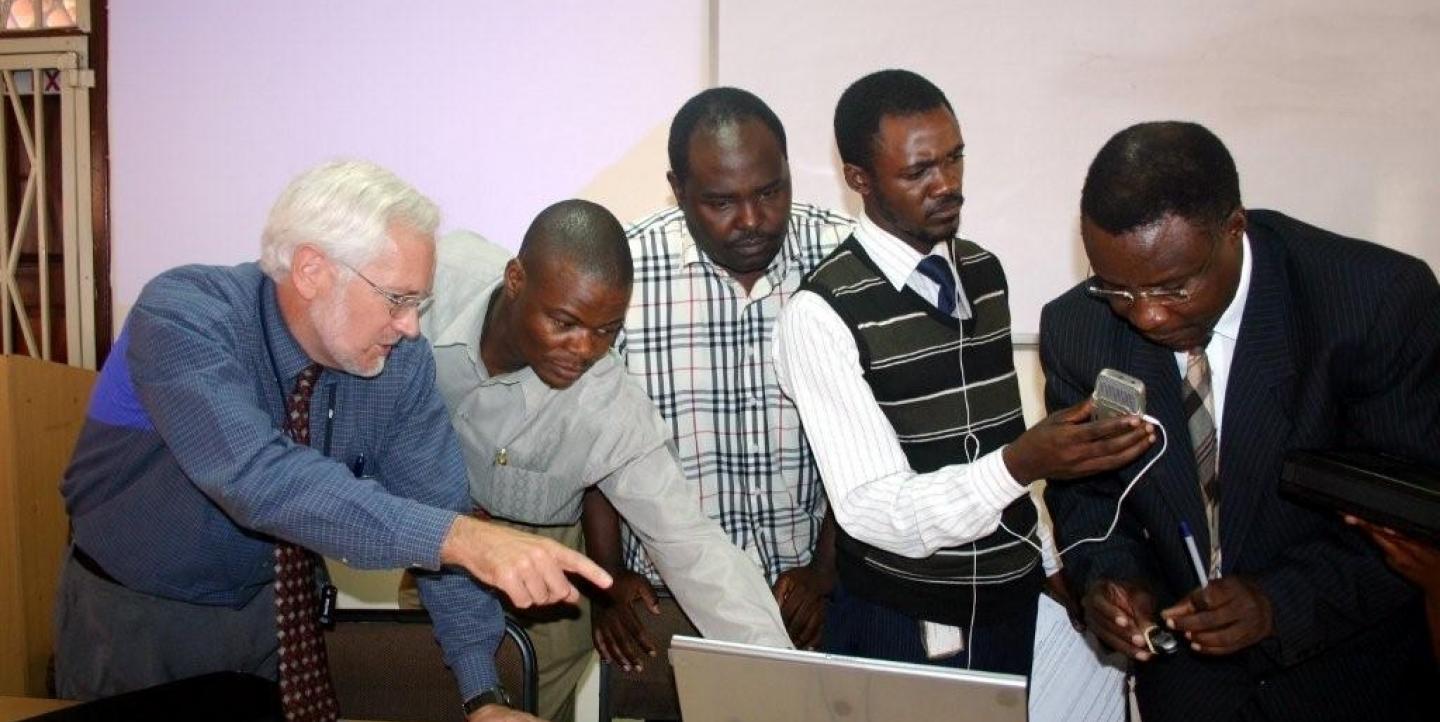There is power in numbers and connections, and an effective media association can dramatically improve the work of a community of journalists.
But these associations take work and commitment. Here are 10 tips from former Knight International Journalism Fellow Christopher Conte, who helped Ugandan health journalists build a vibrant association that serves more than 700 members.
1. In the beginning: network, network, network. To build your membership, start with your personal professional contacts. Collect more names at workshops, conferences and other events. Other professional associations, training organizations, non-governmental organizations (NGOs) or even private companies may also suggest possible members. Be sure to include non-journalists; while your focus will be on journalists, the more you can connect them with researchers, practitioners, advocates and government officials, the more valuable the network will be.
2. Shield your membership list. A good membership list will be one of your association’s most valued assets. Cultivate it continually, but do not share it. Other organizations will covet it. Even if a like-minded organization seeks access, politely decline and offer to contact your members on the organization’s behalf. Your ability to reach a high-quality group of journalists is the most important lever you have to prompt other organizations to work with you.
3. Offer programs right away. Start offering programs as soon as possible. In the developing world, opportunists and hucksters sometimes establish organizations that look good on paper but are just shells designed to attract money. Workshops are an excellent way to educate your members and raise your organization’s public profile; choose topics of broad general interest to attract better media coverage and a good turnout. Newsletters and websites also are good educational tools and reputation builders.
4. Establish legal standing. Make sure your association meets all legal requirements to operate. At a minimum, you probably have to register it with a government agency. You also may have to adopt a constitution or bylaws spelling out how the organization will be run; you should publish this and make sure members understand it. You also will have to identify officers, establish rules for spending funds and hiring and meet various financial reporting requirements.
5. Serve your membership. An association exists to serve its members, not the individuals who lead it. A constitution or bylaws will ensure your association has a life independent of its founders or any particular leaders. Members should meet periodically to set policies and elect a board of directors for specific terms in office. Before you hold elections, establish a membership policy that defines who is eligible to vote. If you want your association to serve journalists, voting should be limited to bona fide, working journalists. One solution is to create different categories of members; non-journalists might be allowed to participate in meetings but not vote, for instance.
6. Define your board of directors. Directors, who meet regularly to carry out policies on behalf of members, should not receive any payment from the association, just compensation for their time and expenses. This ensures that they act in the best interests of the organization, free of conflicts and with transparency. Your bylaws should spell out the goals, purposes and policies of the organization in as much detail as possible. Board members should be limited to fixed terms.
7. Ensure routine maintenance. An association needs an office, or secretariat, to carry out daily activities such as maintaining a website, providing member services and helping ensure that members receive tangible benefits. The office should be led by a chief executive, or executive director. If funds allow, the executive director should have staff to handle communications, membership issues and fundraising.
8. Build your resources. Members can help plan and participate in workshops, contribute to publications and join listservs or chat groups your association can establish and moderate. You should collect and distribute stories that they write. You could establish a section of your website where they could post their resumes and portfolios. Remember: You should stress professional benefits at all times.
9. Set a dues policy. Ideally, your association should charge membership fees. When members pay they become more demanding – and that helps ensure your association remains responsive and transparent. Unfortunately, sometimes even modest fees can discourage potential members. You will have to assess whether the benefits of having paid membership exceed the potential loss of some members.
10. Pick good partners. In the beginning, the energy and commitment of volunteers may sustain the organization. But once your association has established a reputation, partners may emerge. The best kind of support, of course, is grants; research them and apply whenever possible. For the long term, don’t rely on grants alone. Support could come from organizations eager to work with you to promote specific interests and causes. These can produce income and good programs, but be careful: You should maintain the association’s journalistic independence and integrity. This is very important: If you lose your independence, you lose the loyalty of your members.
Photo: Christopher Conte with journalists in Uganda.
Christopher Conte is a Washington, D.C.-based consultant who spent three years as a Knight Fellow in Uganda. He helped organize the Uganda Health Communication Alliance, an association of 700 journalists and health specialists. The result was more informed, higher-quality coverage of vital health issues by news organizations across the country. Before becoming a Knight Fellow in 2008, he worked as a reporter and editor for The Wall Street Journal.

